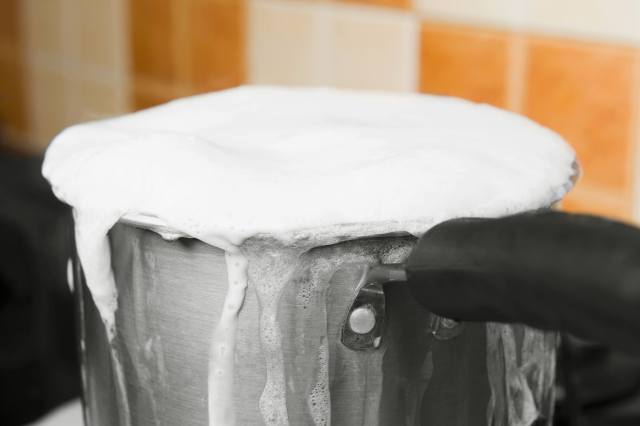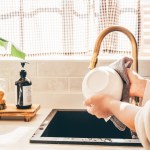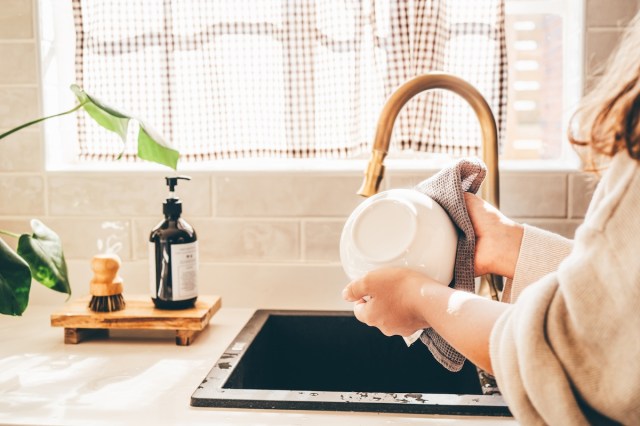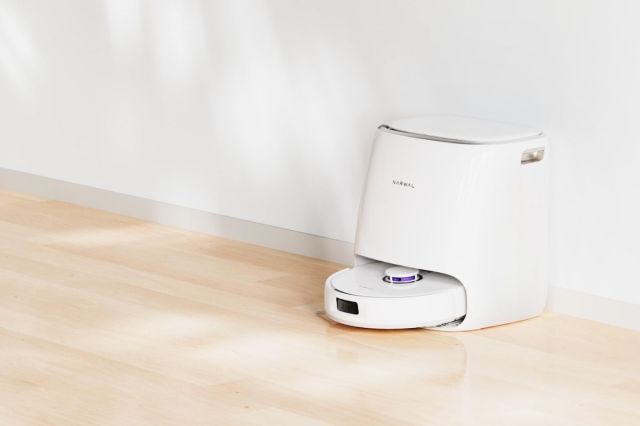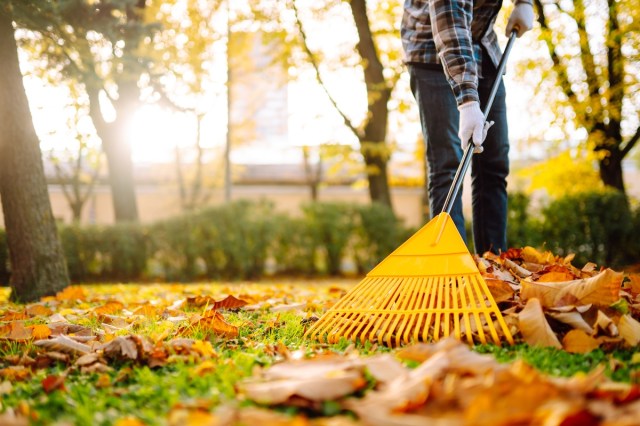Let’s set the scene: You’re enjoying a glass of wine while making a nice pasta dinner. You’re listening to your favorite music, and your ingredients are prepped and ready to go. All is going according to plan until the inevitable happens. You hear the telltale sizzle of water overflowing on the stove. You quickly run over to turn it down, losing your boil and creating a mess on the stovetop. You let out a big sigh and begrudgingly continue cooking. Although one bubbled-over pot isn’t the end of the world, it is annoying and can ruin a meal. Here’s why pots boil over and some tricks to stop it.
Prices are accurate as of July 9, 2024. Subject to change. All featured products and deals are selected independently and objectively by the author. Better Report may receive a share of sales via affiliate links in content.
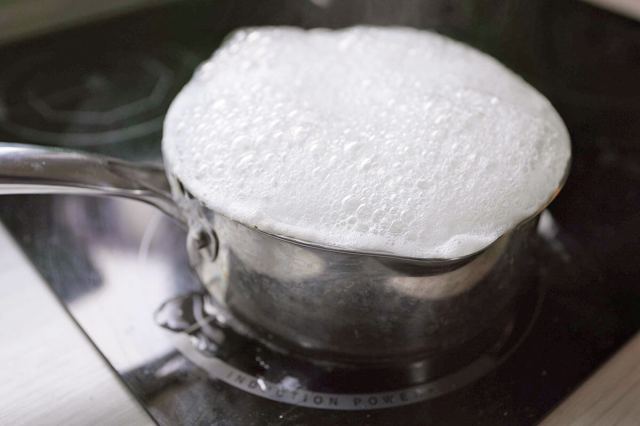
Why Water Boils Over
There’s no escaping bubbles when you boil water. They’re formed by the extreme heat, which pushes air out of the water. If the temperature is too hot, these already unstable bubbles are pushed further to the top and can overflow if water levels are too high — a sort of stovetop bubble volcano. What’s worse, starchy foods like pasta create a film in the water that makes bubbles more resistant to popping, which is why pasta water is one of the most likely culprits for spillover. Fortunately, there are a few easy ways to reduce or prevent this, even for pasta lovers!
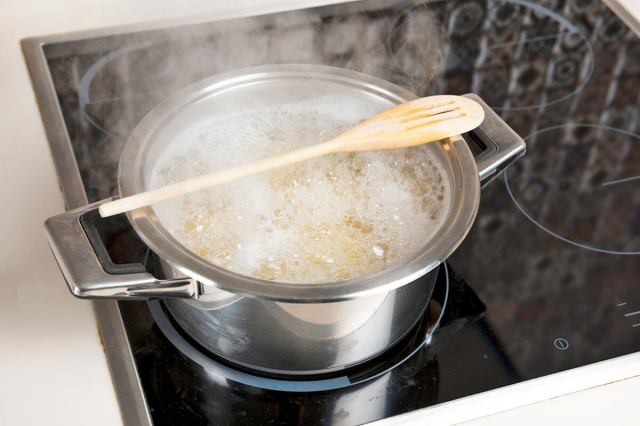
The Controversial Wooden Spoon Hack
You might’ve heard that placing a spoon across the rim of your pot will stop water from boiling over. Some people swear by it, while others feel underwhelmed. In truth, the results vary, but it usually works for at least a few seconds. As the spoon momentarily delays the bubbles from rising, you’ll have enough time to get to the stove to turn down the heat on the burner.A plain old wooden mixing spoon (or heat-proof spoon, such as silicone) is all you need for this trick. Choose one that is longer than the diameter of your pot and lay it across the top before you begin to boil it. The spoon should repel bubbles that dare to spill over the edge. It works because the bubbles in boiling water are unstable, and the spoon destabilizes them even more and pops them. The spoon is also cooler than the water, so the steam and bubbles condense into water as it reaches the spoon.
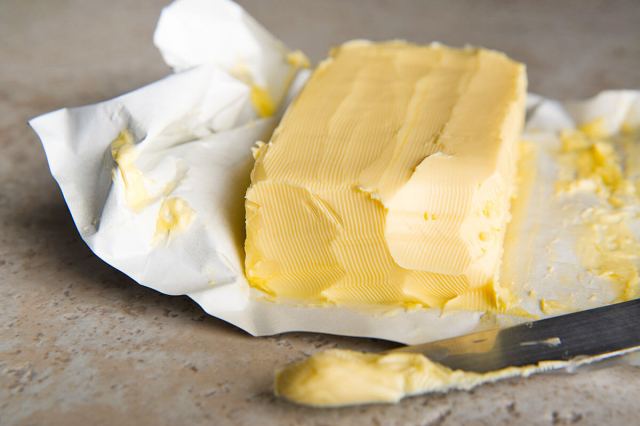
A ‘Butter’ Option
Next time you’re ready to boil water, reach for the butter. Rubbing some butter along the rim of your pot or adding some to the water before you turn on the burner should deter water from boiling over. This trick works because oil and water don’t mix, and butter contains up to 20% oil. It creates a barrier around the rim to prevent spillage, disrupting the foaming process. When added directly to the water, it results in a less aggressive boil by disturbing the bubbles. You can use other cooking oils, but beware — rubbing vegetable oil around the rim of your pot can get messy. Adding a teaspoon or so directly to the water is probably easier.
There is one exception when you should use this trick with caution. When cooking pasta, rub the butter around the rim instead of adding it directly to the pasta water. The butter can make noodles very oily, and the sauce will slide right off.
Reader Favorites
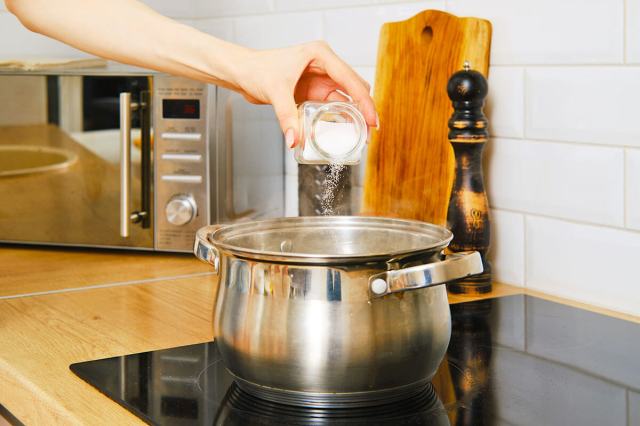
Feeling Salty?
Other options exist if extra butter or oil doesn’t suit your needs. When making pasta, you can add a teaspoon or so of salt to the water before turning on the burner. This subdues the starch-fueled foam that pasta commonly causes. Salt not only keeps bubbles at bay but can also add flavor to the pasta. This trick can be used to boil anything because it helps maintain a more even, lower-temperature boil. Remember: Don’t add too much extra salt to your recipes, especially if you’re making soup or something with broth, because the salt will over-flavor the liquid.
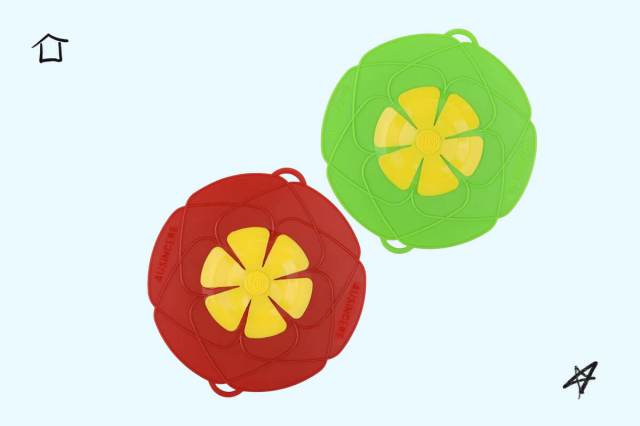
Invest in a Silicone Cover
If none of these at-home remedies do the trick, consider investing in a silicone spill stopper for your pot. The stopper ventilates the boiling pot to allow steam out and prevent bubbles from escaping. Just be sure to measure the diameter of your pot before ordering to ensure a snug fit. Look for a heat-resistant, food-grade material, such as BPA-free and non-toxic silicone.
More From Our Network
Better Report is part of Inbox Studio, which publishes content that uplifts, informs, and inspires.
